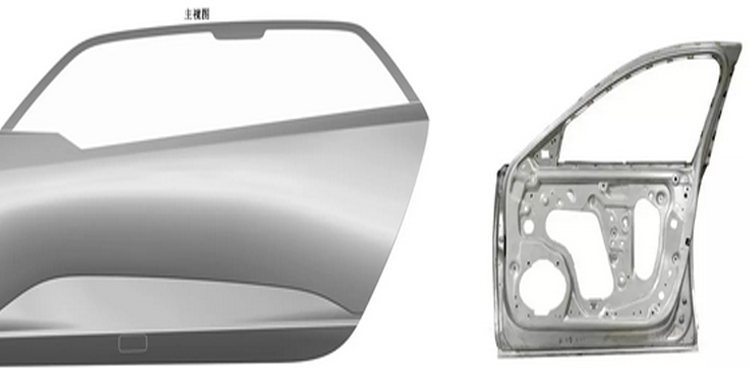
Automotive body sheet – bright outlook for aluminium?
While aluminium has been able to largely conquer the drive train and heat exchanger areas of vehicle build, the chassis, body and general equipment and fittings must be regarded as areas for further potential development in lightweight construction using aluminium. The key issues have revolved around optimising the design to exploit the advantages of aluminium and, at the same time, be cost-effective. The body-in-white (BIW) accounts for about 27% of the weight of the entire average car. So it is in this area that development, innovation and further large-scale penetration of aluminium must continue.
Body-in-white – BIW – refers to the stage in automotive design and manufacturing at which a car body’s sheet metal components have been welded together. BIW is defined as the stage prior to painting and before moving parts (doors, bonnets, tailgates and hatch back doors, as well as bumpers), the engine, chassis sub-assemblies, or trim (glass, seats, upholstery and electronics) have been assembled in the frame structure.
Some aluminium and auto companies have promoted the aluminium space-frame design using stampings, castings, and extrusions of aluminium. Others have been developing the conventional unibody design, which is essentially a stamped aluminium body.
With lighter vehicle weight, comes a greener product. But, you might be surprised why. This “greener” product not only comes from the tailpipe emissions. No. It comes from the entire life-cycle of energy. Yes, carbon (CO2) emissions are reduced with lighter weight vehicles and fuel efficiency is improved. However, using aluminum in manufacturing automobiles results in the lowest carbon footprint from “cradle-to-grave”. As stated earlier, most of aluminum is recycled. But did you know recycling this metal uses less energy than mining the ore?! All of this results in a decreased carbon footprint. Not only is less energy is required to produce these automobiles. But, less energy is required to operate them. It is no wonder why aluminum has become such a staple in the automotive industry.




Leave a Reply